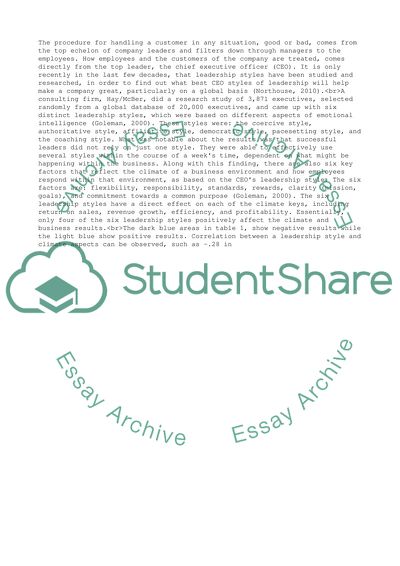Cite this document
(Change Management Essay Example | Topics and Well Written Essays - 4500 words, n.d.)
Change Management Essay Example | Topics and Well Written Essays - 4500 words. https://studentshare.org/management/1844275-change-management
Change Management Essay Example | Topics and Well Written Essays - 4500 words. https://studentshare.org/management/1844275-change-management
(Change Management Essay Example | Topics and Well Written Essays - 4500 Words)
Change Management Essay Example | Topics and Well Written Essays - 4500 Words. https://studentshare.org/management/1844275-change-management.
Change Management Essay Example | Topics and Well Written Essays - 4500 Words. https://studentshare.org/management/1844275-change-management.
“Change Management Essay Example | Topics and Well Written Essays - 4500 Words”. https://studentshare.org/management/1844275-change-management.


